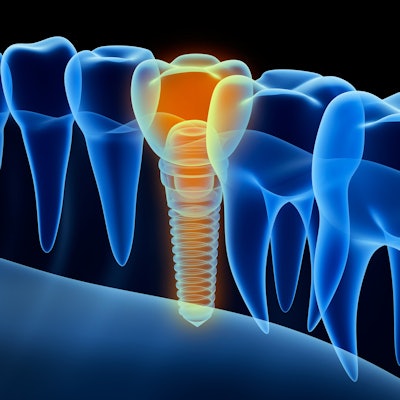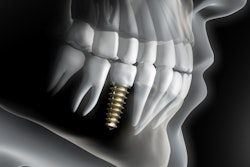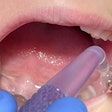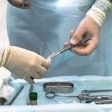
In a first-of-its kind study, an image-guided prototype robotic system for dental implant surgery proved more accurate than a computer-assisted dynamic navigation system for positioning implants in 3D-printed phantom jaws, according to research published June 7 in the Journal of Dentistry.
The methodical transformation of virtual plans to surgical sites is crucial for optimal final outcomes of dental implant restorations. To meet this requirement, computer-assisted methods, like static computer-assisted implant surgery (sCAIS) and dynamic computer-assisted implant surgery (dCAIS), have been developed.
Previous studies have compared the accuracy of sCAIS and dCAIS in dental implant surgery, and findings indicate that both approaches meet clinical requirements. However, this new study is the first to compare the accuracy of these systems for dental implant placement, according to the authors.
The image-guided prototype robotic system developed for the study includes an existing navigation system, dental handpiece, force sensor, and more. It was tested against a dCAIS system to evaluate the accuracy of 480 implants placed in 80 phantoms for partially and fully edentulous jaws.
Entry, exit, and angle deviations of the implants were measured after preoperative plans and postoperative cone-beam computer tomography fusion. The robotic system produced significantly lower deviations in the entry point, exit point, and angle than the dCAIS system.
"The implant positioning accuracy of the robotic system was superior to that of the dynamic navigation system, suggesting that this prototype robotic system could be a promising tool in dental implant surgery," wrote the study authors, led by Baoxin Tao of the Chinese Academy of Medical Sciences in Shanghai.
The phantom type, endentulous or partially endentulous, did not impact the accuracy, which may be beneficial for both systems, as they can adapt to different scenarios. The researchers found no significant differences between endentulous and partially endentulous jaws, or between the maxilla and mandible, regarding the deviations of implants placed by dynamic navigation systems.
The findings may be explained for a few reasons. First, dCAIS is dependent on the surgeon. Surgical experience, hand tremors, perception accuracy, and other mitigating factors impact a surgeon's performance. A robotic system, however, can regulate and stabilize the location and axis of drills without tremors.
The accuracy reported by this study aligns with previous studies, which suggest that implants placed by a robotic system are more accurate than those placed by a static system. Robotic systems have higher accuracy and reproducibility because of their repeated task performance and lower need for surgical experience or skills. However, time and practice are required to master the standard operation procedure of robotic systems.
"The possibilities of the future employment of robotic systems in dentistry still exist, and robotic systems will become cost-effective and easy to use by introducing affordable systems and establishing a simple operation workflow," Tao and colleagues concluded.



















